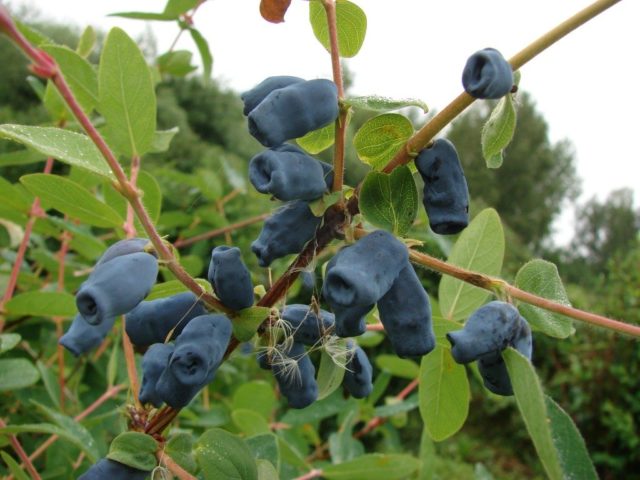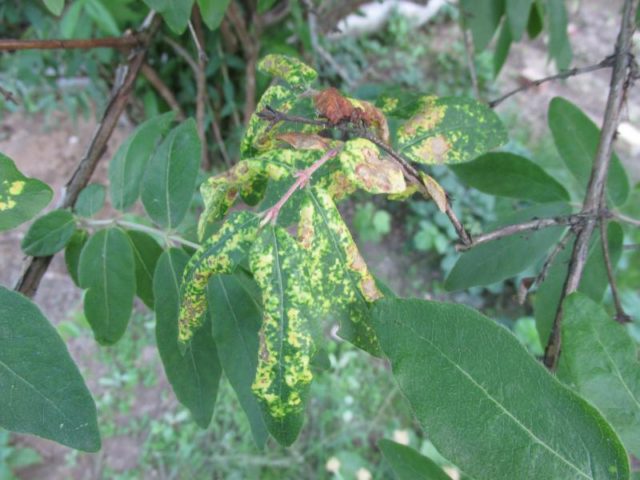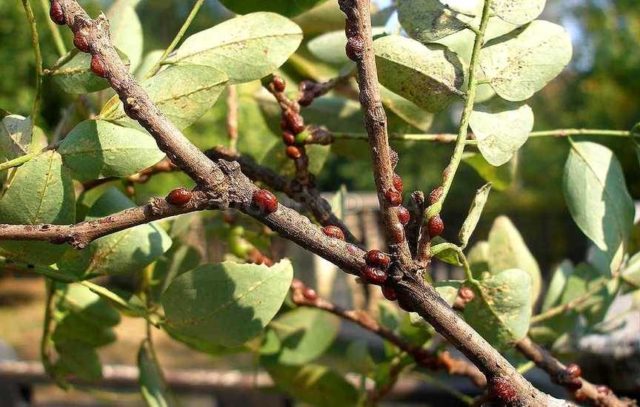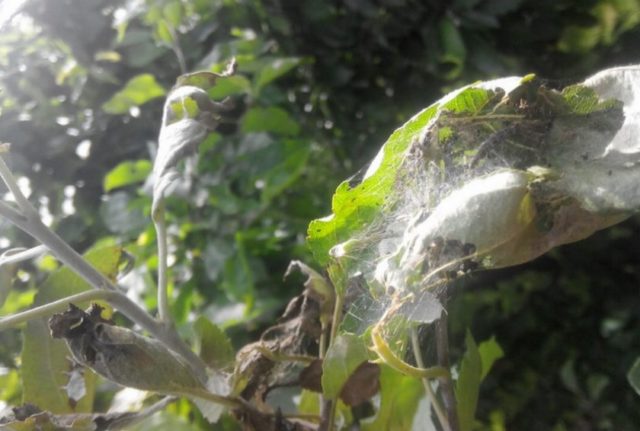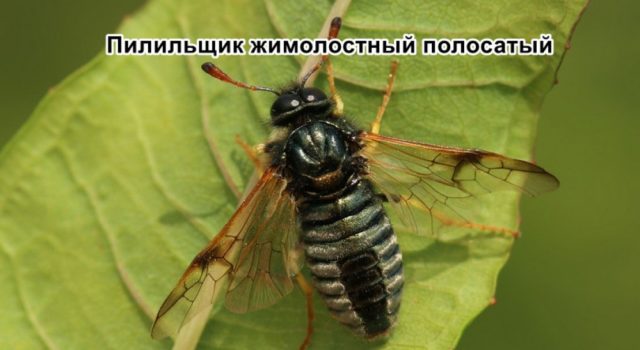Content
Edible honeysuckle is an unpretentious shrub with healthy berries. It begins to bear fruit early, which is important in regions with a harsh climate. For Russia, this is a relatively new crop, therefore, the description of the Tomichka honeysuckle variety and the rules for caring for the plant will be useful to those who are going to grow it on their site.
Description of the variety of honeysuckle Tomichka
The shrub was cultivated in the second half of the 20th century. Back in 1909, IV Michurin recommended edible plant varieties for cultivation. However, Tomichka's honeysuckle received an official certificate only in 1984, after which it quickly spread throughout the country. A shrub was bred from seeds of the Turchaninov variety as a result of complex selection. Gidzyuk and Archer worked on the hybrid with a group of associates from the Tomsk region.
Tomichka's edible honeysuckle variety turned out to be easily recognizable. A shrub of medium growth, its branches are tightly pressed against each other, only the upper part of the crown bends in an arc-like manner to the ground. The leaves are small, deep green with a pointed tip. The surface of the leaf plate is covered with a soft fluff, barely perceptible when touched. The flowers of Tomichka's honeysuckle are small, lost against the background of foliage. Their petals are green. The bush blooms profusely.
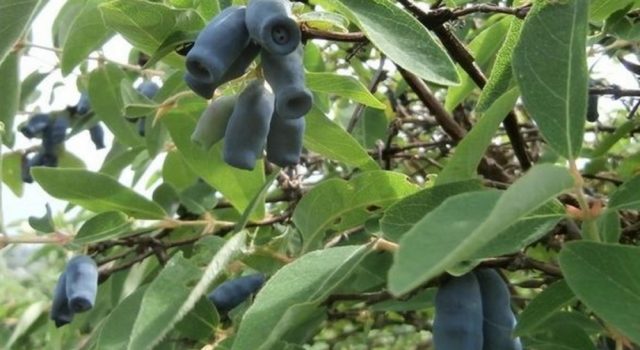
The height of an adult plant reaches 1.5-1.8 m
The Tomichka variety is famous for its berry, which is not like other varieties. The upper part of the fruit is flattened, and begins to expand at the bottom. Outwardly, it resembles a jug or drop. The fruits of Tomichka are large, their average weight reaches 1 g. The peel is thin, lumpy, acquires a rich purple hue during ripening. On its surface, you can see a waxy bloom, characteristic of all varieties of honeysuckle.
Advantages and disadvantages of Tomichka's honeysuckle
Edible honeysuckle variety Tomichka of Siberian selection is suitable for cultivation in all regions of the country. It was appreciated by residents of northern cities and the middle lane. In an unstable climate, the shrub distinguished itself by good winter hardiness, abundant and early fruiting, early maturity and a friendly return of the harvest.
Fruiting of the variety begins early, already at the beginning of June the first harvest can be harvested. The berries ripen gradually in several stages. The average yield per bush is 2-2.5 kg. Under certain conditions and proper care, it reaches 3.5 kg. The first fruiting after planting begins after four years.
The main advantage of Tomichka's honeysuckle is its high winter hardiness. The shoots of the shrub can withstand temperatures as low as -50 ° C, and the roots tolerate -40 ° C painlessly. Flower buds, ovary and buds do not fall off even at -8 ° C. However, the variety has other advantages as well:
- disease and pest resistance;
- undemanding care;
- stable fruiting for 30 years;
- universal purpose of berries.
Few drawbacks were revealed during the cultivation period. These include poor drought tolerance, the need for pollinators. In addition, a ripe berry practically does not stick to the branches, it must be quickly collected before it crumbles.
Planting and caring for Tomichka's honeysuckle
So that for many years the shrub will please with good fruiting, you need to choose the right place for it. In addition, prepare the site and take care of it accordingly.
Landing dates
Honeysuckle ends its growing season early, so it can be planted at the end of summer. In each region, the terms are different, it is optimal to start work from the end of August to the second half of November. You can plant Tomichka's honeysuckle in the spring, but you need to do this before the start of the growing season. Experienced gardeners have noticed that the shrub in this case takes root worse than the autumn one.
Choose biennial seedlings, the height of which is no more than 40 cm. A healthy plant has two or three strong shoots, a well-developed root system.
Selection and preparation of the landing site
You need to plant bushes in a well-lit place, but reliably protected from cold winds and drafts. Planting in a shaded area is allowed, but fruiting will be worse. Better to take the south or southwest side under the honeysuckle. It is worth remembering that honeysuckle belongs to moisture-loving plants, but it does not tolerate stagnant moisture at the roots, therefore, in the selected area, the groundwater level should not be higher than 1 m.
Saplings develop well in any soil, they can be planted even in clay soil. However, for abundant and early fruiting, a loose, light substrate with a neutral reaction is suitable. The earth should allow air and water to flow well to the roots of the plant.
Before planting, the soil is dug up on the site, a nutrient mixture is prepared for the seedling. Garden soil is mixed with humus or compost, add 100 g of potassium salt and double superphosphate, a handful of wood ash. This mixture is used to backfill the roots during planting.
Planting rules for Tomichka honeysuckle
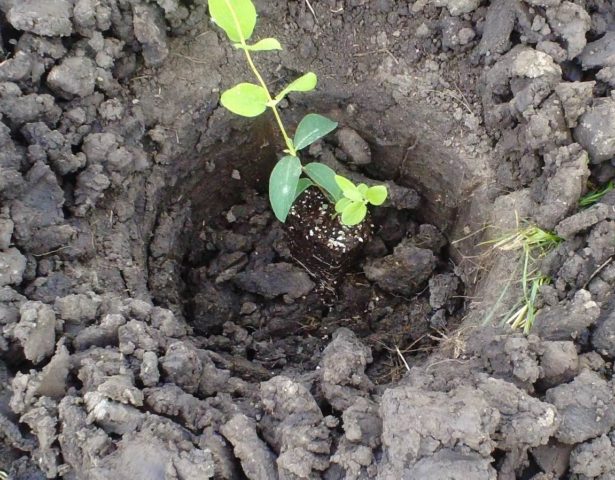
Plant the crop in loamy soil
Planting Tomichka's honeysuckle is easy, the main thing is not to forget about the root collar. It is not buried more than 4-5 cm, otherwise, with abundant watering or precipitation, rotting will begin.
A planting pit is made 50 x 50 cm in size.If there are several seedlings, then a distance of up to 1.5 m is left between them. The shrub is placed vertically, the roots are well spread, sprinkled with earth, the surface is tamped and mulched with a thick layer of humus.
Watering and feeding
For the first few years, the Tomichka Kamchatka honeysuckle needs only proper watering and loosening of the soil. Top dressing begins in the third year of cultivation. In early spring, organic matter and nitrogen fertilizers are applied, and in the fall they switch to potash fertilizers. It is best to use 100 g wood ash under each bush.
Water the shrub abundantly so that the soil remains moist, but not too wet. In spring and summer, more fluid is required, especially if there is a drought. When there is enough rainfall, no additional watering is needed.
Pruning
Immediately after planting, Tomichka's honeysuckle is not cut off, like all shrubs. This weakens the plant and slows down its growth. The first time they start cutting at the end of the growing season. In the process of sanitary cleaning, dry, damaged or broken branches are cut.
After the sixth year of cultivation, honeysuckle needs rejuvenating pruning. All old shoots are cut out at the soil level, leaving hemp of 30-40 cm. After the procedure, up to 10 strong productive shoots and young shoots should remain on the bush. This will keep the fruiting of the bush at a high level for many years.
Wintering
Adult plants tolerate frost and cold well, because honeysuckle is highly winter-hardy. Additionally, there is no need to cover the roots and shoots. However, young seedlings, especially in the first year, need insulation. To do this, the root zone is mulched with a thick layer of humus, the shoots are additionally spud with dry soil.
Reproduction
Tomichka's honeysuckle reproduces in different ways, but simple methods are most suitable for amateur gardeners:
- cuttings;
- dividing the bush;
- bends.
Cutting from them is the most difficult way. Both green and semi-lignified shoots are rooted. For successful root formation, the plant is placed in a greenhouse, and the sections are preliminarily treated with growth hormones. With proper care, young seedlings can be obtained by the end of the season. However, the survival rate is very low; you should not count on a large number of rooted cuttings.
The division of the bush and the withdrawal method are the simplest methods of reproduction. It is better to do this at the end of the growing season, it is worth breaking the shoots of the current year and pinning them to the ground, after which it is good to fill them with soil.

Dividing a bush allows you to get a lot of seedlings in a short period of time
It is better to resort to division in early spring, while the shrub has not yet woken up and started to grow. There is no need to dig it up completely, it is enough to select several well-developed branches, dig in them and take them out together with the root. Immediately plant the honeysuckle in a new place.
Pollinators of Honeysuckle Tomichka
According to the description, Tomichka's honeysuckle is a self-fertile shrub, therefore, to get harvests, it cannot be planted alone on the site. For fruiting to begin, the following pollinator varieties should be located nearby:
- Kamchadalka;
The variety is distinguished by an early fruiting period.
- Cinderella;
Berry with strawberry flavor and slight sourness
- Blue spindle;
Honeysuckle with a delicate but bitter-tasting pulp
- In memory of Gidzyuk.
A medium-ripening shrub with a large, elongated berry
However, these hybrids should be planted at a distance of no more than 50 m from Tomichka. Thanks to cross-pollination, yields will be excellent.
Diseases and pests
Despite the fact that Tomichka's honeysuckle is distinguished by good resistance to diseases and pests, the shrub still amazes:
- aphid;
The pest affects young leaves of honeysuckle
- shield;
The scabbard primarily attacks the shoots and leaves of the shrub
- mite;
The tops of the bush, affected by a tick, are covered with a whitish bloom
- leaf roll;
A cobweb appears on young shoots, the leaves curl into a tube
- sawfly.
The pest eats young leaves, after which they dry up and fall off
Complex insecticides are used to combat harmful insects. Treatments are carried out several times until the result is achieved.
Of the diseases for honeysuckle, the most dangerous are fungal. For the purpose of prevention, the shrub is sprayed with preparations containing copper. Treatments are carried out before the beginning of the growing season, until the leaves have blossomed.
Conclusion
Description of the Tomichka honeysuckle variety and gardeners' reviews show that the shrub has many advantages. Its disadvantages are insignificant, they are easy to eliminate with proper care. Honeysuckle berries are tasty and healthy, easy to transport. The crop is suitable for industrial cultivation.

